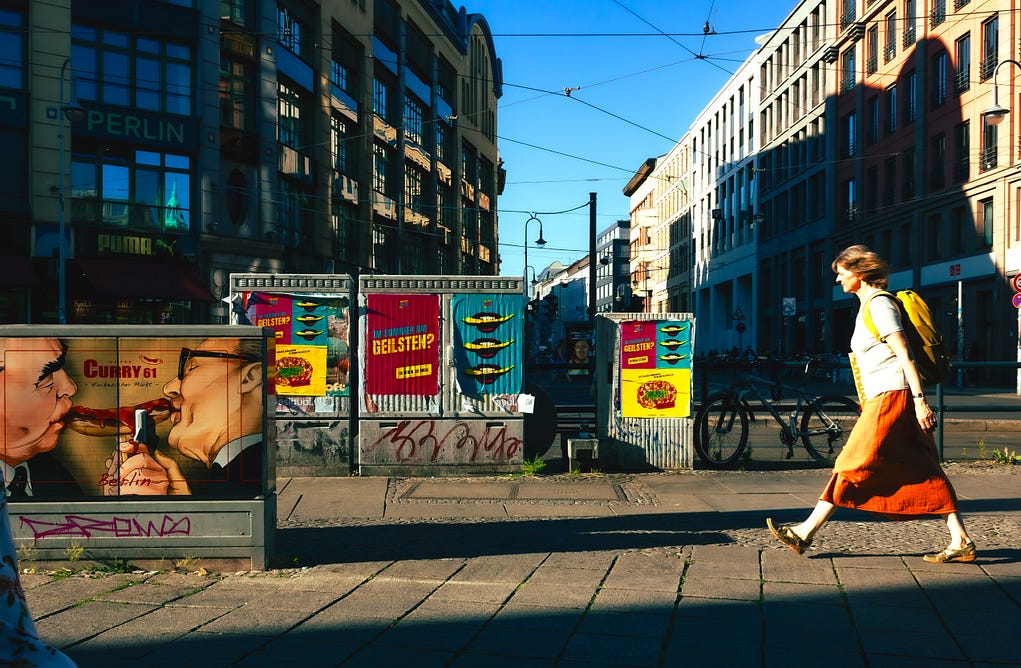The Of Street Photographers
Table of ContentsThe Greatest Guide To Street PhotographersNot known Facts About Street Photographers10 Easy Facts About Street Photographers DescribedOur Street Photographers IdeasA Biased View of Street Photographers
Road digital photographers do not always have a social purpose in mind, yet they like to isolate and capture minutes which might or else go unnoticed.He was influenced by several of those who influenced the road photographers of the 1950s and '60s, he was not primarily interested in capturing the spirit of the street. The impulse to visually document individuals in public started with 19th-century painters such as Edgar Degas, douard Manet, and Henri de Toulouse-Lautrec, who functioned side by side with professional photographers trying to record the essence of city life.
As opposed to Atget, photographer Charles Marville was hired by the city of Paris to produce an encyclopaedic paper of Haussmann's metropolitan preparation task as it unravelled, hence old and brand-new Paris. While the photographers' subject was essentially the very same, the outcomes were significantly different, demonstrating the effect of the digital photographer's bent on the personality of the pictures he created.
Provided the fine high quality of his pictures and the breadth of product, engineers and musicians often acquired Atget's prints to use as reference for their very own job, though commercial rate of interests were barely his primary motivation. Instead, he was driven to photograph every last remnant of the Paris he loved.
Not known Details About Street Photographers
They disclose the city through his eyes. His job and basic understanding of digital photography as an art type served as ideas to generations of photographers that adhered to. The future generation of road digital photographers, though they likely did not describe themselves because of this, was introduced by the photojournalism of Hungarian-born photographer Andr Kertsz.
Unlike his peers, Brassa used a larger-format Voigtlnder camera with a much longer exposure time, requiring him to be a lot more calculated and thoughtful in his practice than he may have been if making use of a Leica. (It is assumed that he might not have actually been able to manage a Leica at that time, however he did, however, make use of one in the late 1950s to take colour photographs.) Brassa's pictures of the Paris underworld brightened by synthetic light were a discovery, and the compilation of the collection that he published, (1933 ), was a significant success.
Cartier-Bresson was a champion of the Leica cam and one of the very first digital photographers to maximize its capabilities. The Leica permitted the photographer to communicate with the environments and to capture moments as they occurred. Its reasonably tiny size also assisted the digital photographer discolor into the internet history, which was Cartier-Bresson's preferred method.
Some Known Details About Street Photographers
It is due to this essential understanding of the art of photo taking that he is commonly attributed with finding the tool throughout once again approximately a century since its innovation. He took photos for greater than a half century and affected generations of professional photographers to trust their eye and instinct in the moment.
These are the questions I will try to address: And afterwards I'll leave you with my own interpretation of road digital photography. Yes, we do. Let's kick off with specifying what an interpretation is: According to (Street Photographers) it is: "The act of specifying, or of making something certain, distinct, or clear"
No, absolutely not. The term is both restricting and misdirecting. Seems like a street digital photography must be pictures of a roads ideal?! And all street digital photographers, besides a handful of absolute newbies, will totally value that a street useful source is not the crucial element to road photography, and in fact if it's a photo of a road with possibly a few monotonous people not doing anything of interest, that's not road photography that's a snapshot of a street.
Street Photographers Can Be Fun For Everyone
He makes a valid factor do not you think? However, while I concur with him I'm not exactly sure "candid public digital photography" will certainly catch on (although I do type of like the term "honest digital photography") due to the fact that "street digital photography" has actually been around for a very long time, with many masters' names attached to it, so I believe the term is below to remain.
You can fire at the beach, at a celebration, in a street, in a park, in a piazza, in a cafe, at a gallery or art gallery, in a metro station, at an occasion, on a bridge, under a bridge ...
Yes, I'm afraid we worried no choice! Without guidelines we can not have an interpretation, and without a definition we don't have a category, and without a style we don't have anything to define what we do, and so we are stuck in a "policies interpretation category" loophole!
The Basic Principles Of Street Photographers

Comments on “Indicators on Street Photographers You Should Know”